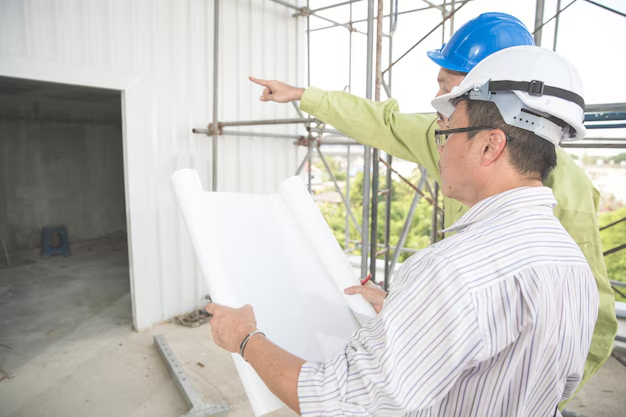Understanding Roof Pitch: A Simple Guide for Homeowners
If you’ve ever looked up at your rooftop, you might have wondered, “How steep is this roof?” Understanding how to measure roof pitch is not only essential for construction projects but also plays a significant role in financial planning, home insurance considerations, and renovation decisions. Whether you're planning a DIY project or hiring a professional, knowing your roof pitch can save you time, money, and unexpected complications down the road.
What is Roof Pitch?
Roof pitch refers to the angle of your roof, which is usually expressed as a ratio. It measures how much your roof rises vertically over a 12-inch horizontal span. For example, a roof pitch of 4:12 means that for every 12 inches horizontally, the roof rises 4 inches vertically. This ratio helps in determining the roofing material, structural design, and drainage system.
Steps to Measure Roof Pitch
1. Gather Your Tools: You'll need a level (at least 12 inches long), a tape measure, and a pencil or piece of chalk.
2. Find a Safe Position: Always ensure your safety when measuring your roof. If you're working on a ladder, have someone hold it steady. If you're on the roof, employ safety harnesses and non-slip shoes.
3. Measure Horizontally: Place one end of the level on your roof, ensuring it’s perfectly horizontal. Mark where the 12-inch spot of the level falls on the roof.
4. Measure Vertically: From the 12-inch mark, measure upwards to the surface of the roof. This measurement in inches is the rise of your roof.
5. Calculate Your Pitch: If your rise is 4 inches at the 12-inch mark, your roof pitch is 4:12.
Why Roof Pitch Matters
Material Selection: Certain roofing materials are better suited for specific pitches. For instance, asphalt shingles work well on moderate pitches, while metal roofing is ideal for steeper slopes.
Weather Considerations: Roof pitch affects drainage and stability against weather elements. Steeper roofs drain better and are more resilient in heavy snowfall.
Renovation Costs: Knowing your roof pitch can help estimate costs in case of renovations. Steeper roofs may require more labor-intensive work, impacting your budget.
Once you’ve learned how to measure your roof pitch, it’s natural to think about how this might affect your finances. Roofing projects, whether small repairs or replacements, can be costly. This leads us into exploring financial assistance options that can help homeowners manage and offset these expenses.
Financial Assistance and Credit Solutions
Home Improvement Grants: Government programs often provide grants to assist with urgent home repairs. These funds can lessen the burden on your pocket.
Low-Interest Loans: Many financial institutions offer low-interest loans tailored for home improvements. These can be helpful to cover renovations without risking high-interest debt.
Rebates and Tax Credits: Energy-efficient roofing solutions may qualify for state or federal rebates and tax credits, providing financial relief while upgrading your roof.
Insurance Coverage: Review your homeowner's insurance. Some policies cover repairs due to weather damage, reducing out-of-pocket expenses.
Non-Profit Assistance: Organizations like Habitat for Humanity offer home repair programs for those who qualify, ensuring your home remains safe and secure.
Taking care of your home, starting from the top down, ensures not only its longevity but also its value. Coupling this maintenance with strategic financial decisions can lead to a more secure financial future and peace of mind.
Useful Financial Resources 🏠💰
- Home Depot Financing Options 🛠️: Offers various credit card choices for large or small home improvement projects.
- HUD 203(k) Rehabilitation Mortgage Insurance 🏡: Allows buyers and homeowners to finance home renovations into their mortgage.
- FHA Title I Property Improvement Loan Program 🔧: Provides loans for homeowners for the necessary rehabilitation work.
Remember, understanding your roof's pitch is just the beginning. Combining this knowledge with financial resources can help turn a challenging project into a smart and affordable improvement.
